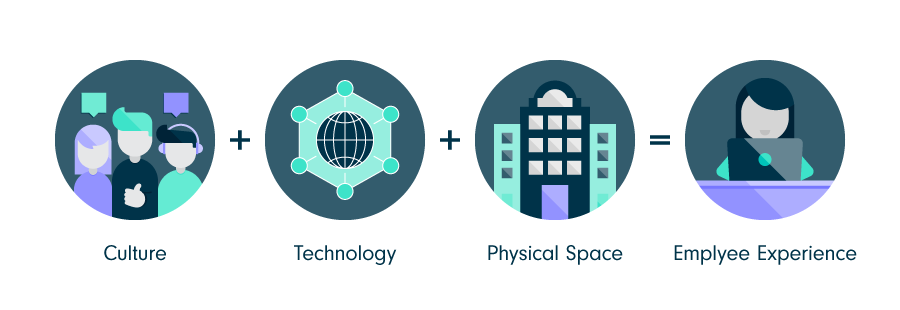Employee Experience: 4 Brilliant Ways To Improve Engagement
“Take care of your employees, and they will take care of your business. It’s as simple as that.” Richard Branson.
We don’t hear many negative views of working for Virgin, so it’s safe to say they have good employee experience. With this knowledge, what can employers learn from Richard Branson’s ideas?
So, what kind of employee experience keeps them engaged and makes them stay with that employer? More importantly, how can this improve productivity?
Is it the company culture, the manager, the location, the pay, the benefits, the colleagues, or the hours? Or is it a mixture of all of them?
Disengagement
In my experience, employees can be disengaged if they don’t understand the direction of the organisation, don’t feel valued, don’t feel listened to or don’t feel appreciated. Why should an employee care when their employer doesn’t care about them?
How to find out if there is an issue:
You may suspect there is an issue if productivity or morale is low. I find that the best way to assess engagement is to foster a culture for honest feedback. If your employees are unwilling to provide feedback, then there is almost certainly a problem, and perhaps a staff survey is a way to go. Areas for improvement will be highlighted in a survey so that you can focus on what you need to improve upon.
How To Increase Engagement
Employees are likely to be more engaged if they are free to speak up, understand the importance of their work, have opportunities for learning, flexibility, advancement, challenges and are they are recognised for their achievements and commitment.
Manage with empathy and flexibility. Ideally, the employer/employee relationship should be one of give and take. The managers’ engagement is the key to gaining employees’ engagement.
Giving employees help to achieve their goals will be appreciated, and an open communication style can help employees feel involved and part of the team. Clear paths for advancement are a must, and clear job descriptions can help.
Helping employees settle into their roles with a structured induction is a good start for the employment relationship. Good first impressions can help avoid new starters leaving the business after a short period of time – this is a high-risk time for leaving.
Managers should pay attention to their team on a daily basis; listening is crucial. They expect conflict to be dealt with.
Find a way of reaching everyone when communicating benefits, changes, new clients and be as transparent as possible. The vision should come from the top, and the management team should all demonstrate their integrity and commitment to the Company vision.
How To Recognise When Engagement Has Improved
After a suitable period, another staff survey should help to check that poorer areas have improved along with encouraging feedback. Employees may visibly go the extra mile, and productivity should increase.
There is much evidence to show that disengaged employees take more time off sick. If your team is happier, you may find that sickness levels decrease.
Results Of An Improved Employee Experience
Your reputation with customers may improve with employees happy to go the extra mile for them and caring more about the Company’s customers. Glassdoor is the trip advisor for employers – how do you stack up?
Potential employees may hear your business is a good employer who takes care of its team by providing a great employee experience. Your company’s reputation via word of mouth and online comments should never be underestimated. An improved employee experience could result in decreased recruitment costs.
In Summary:
Never underestimate the importance of the employee experience!
If you would like some help improving your employee experience then please get in touch – it doesn’t have to cost a fortune, as they say ‘saying thank you costs nothing’.

Don’t keep it a secret
Did you find this blog useful? Think you have fellow business owners that would too? Feel free to share or ‘like’ using social media buttons to the left.
Sign up to my blog
Did you enjoy reading this blog? if so please sign up so you can receive them directly to your inbox each week … keep your FOMO in check.
